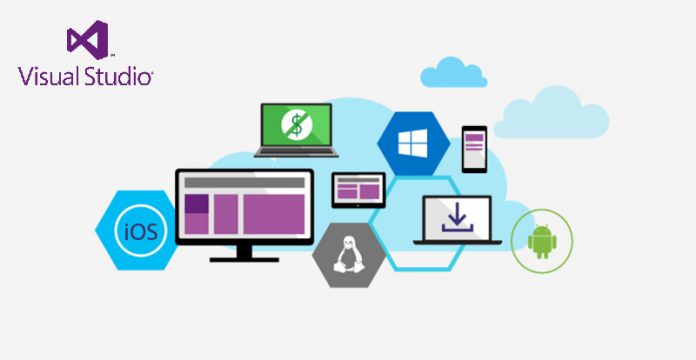Of course, we are only a year into the life of Visual Studio 2017 after it launched last year. We already now Microsoft is locked into a two-year version cycle, so it was expected Visual Studio 2019 would arrive. However, don’t expect the finalized update to arrive until the closing months of next year. In the meantime, Microsoft will develop and likely preview VS 2019 while continuing the in-life Visual Studio 2017 cycle. As that current platform is in the wild right now, end users will continue to see previews and updates right up until VS 2019 is released. This also means Microsoft has not discussed what features will be added to Visual Studio 2019 just yet. However, the company did mention what it focus will be on for this version: “We remain committed to making Visual Studio faster, more reliable, more productive for individuals and teams, easier to use, and easier to get started with. Expect more and better refactorings, better navigation, more capabilities in the debugger, faster solution load, and faster builds.” “But also expect us to continue to explore how connected capabilities like Live Share can enable developers to collaborate in real time from across the world and how we can make cloud scenarios like working with online source repositories more seamless. Expect us to push the boundaries of individual and team productivity with capabilities like IntelliCode, where Visual Studio can use Azure to train and deliver AI-powered assistance into the IDE.”
Visual Studio 2017
While Microsoft today looked ahead towards Vis Studio 2019, the company is not forgetting about the current VS 2017. In fact, at the end of April a roadmap for Visual Studio 2017 was published. The feature plan is split into quarterly segments. For example, in the second quarter (Q2, April-June), the items planned for that frame are listed. Among some of the features to look forward to in this quarter are:
Create, build and deploy applications using Kubernetes and Helm charts to Azure Container Service (AKS). Edit visual states and animation in Blend for Visual Studio in Universal Windows Platform projects targeting Windows Fall Creators Update and above. Publish .NET Core applications to Azure App Service Linux from Visual Studio.




